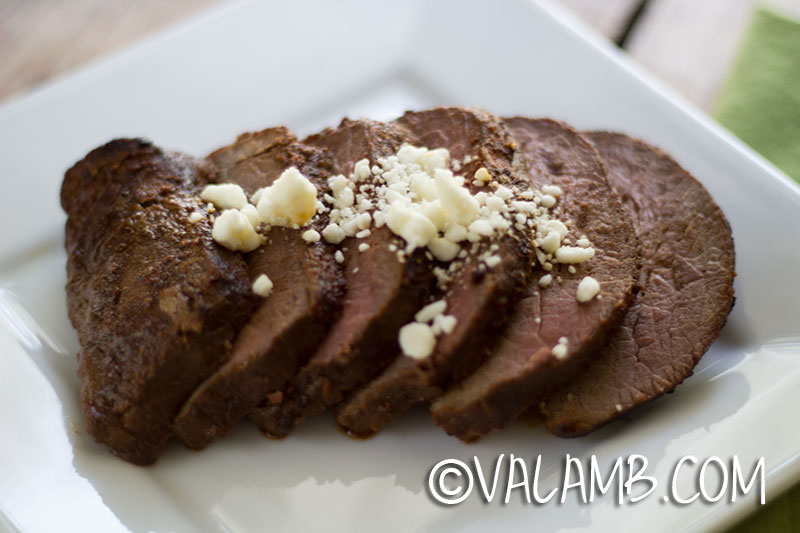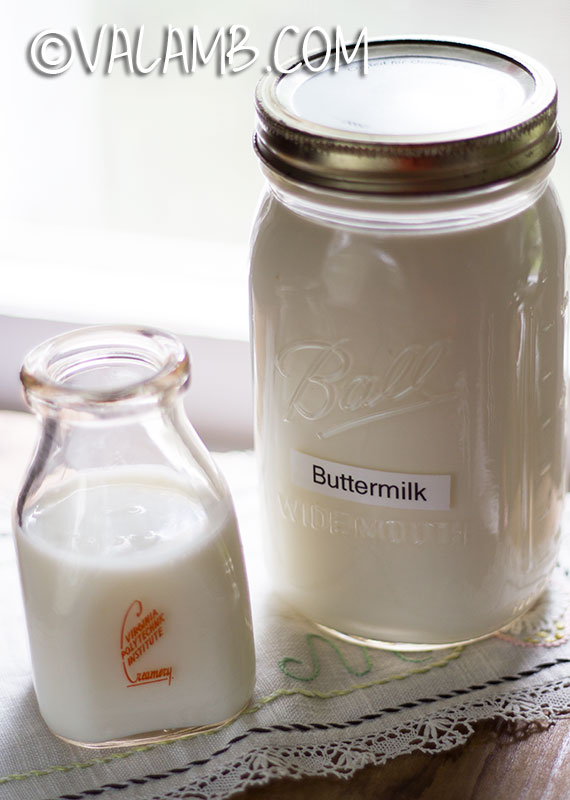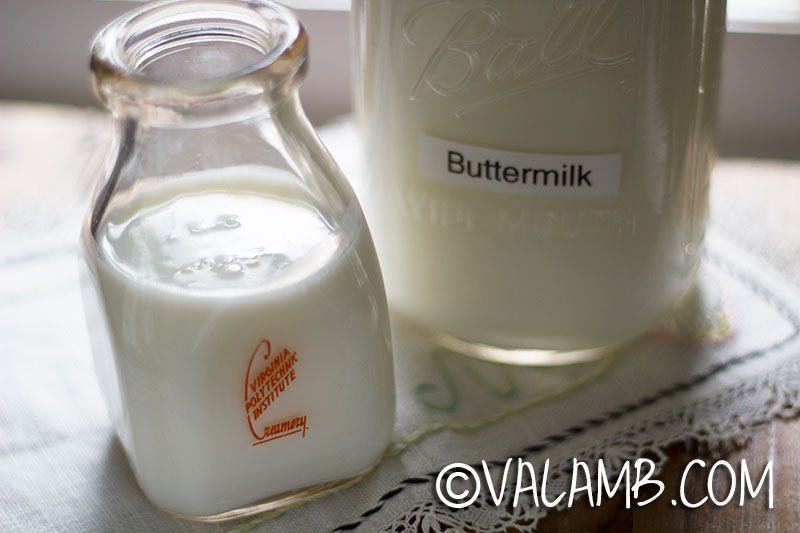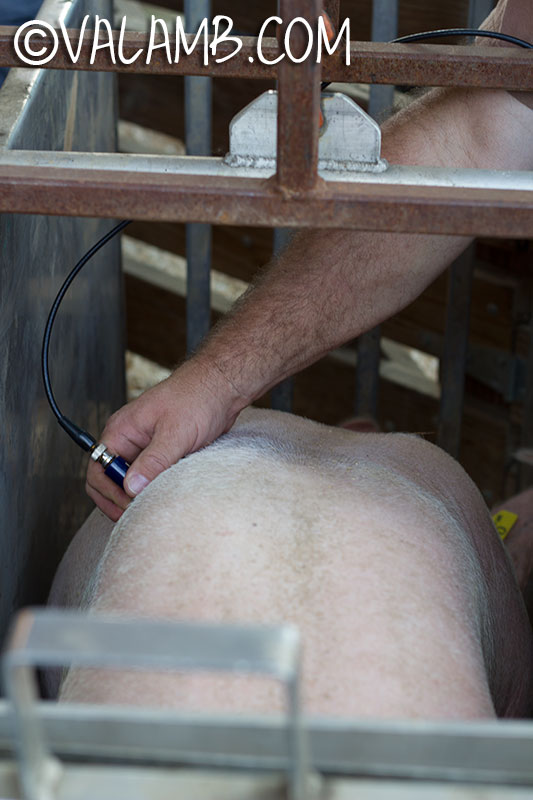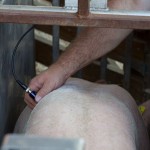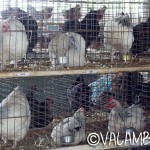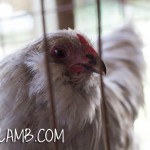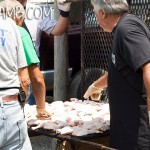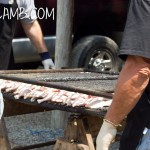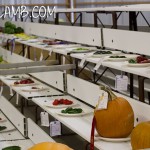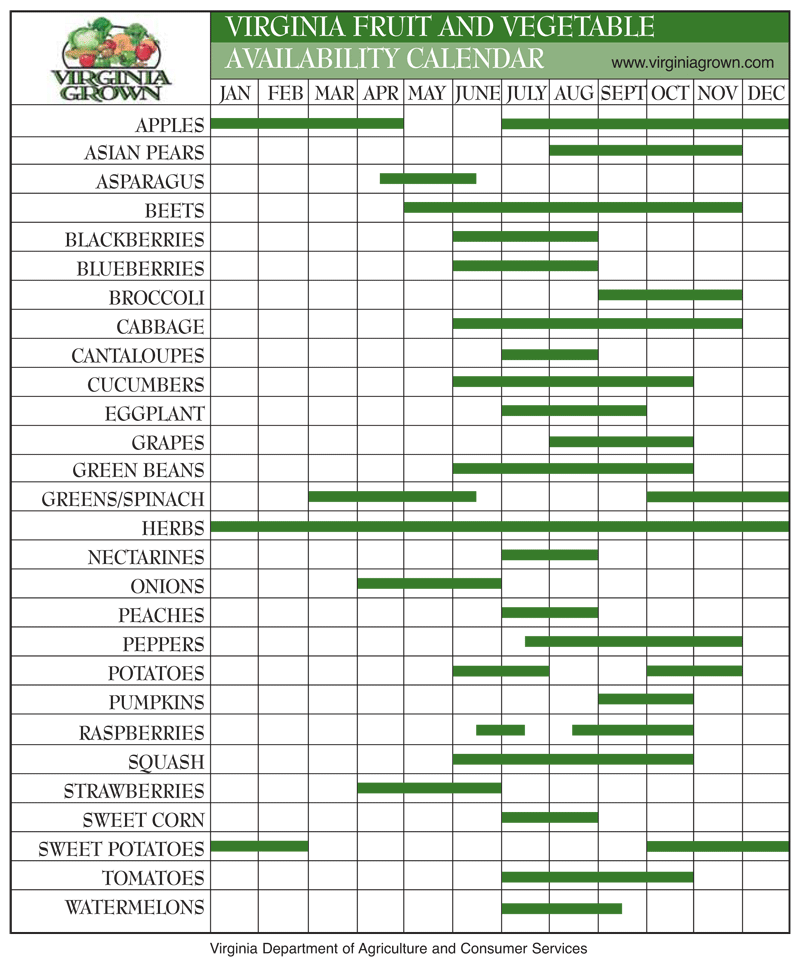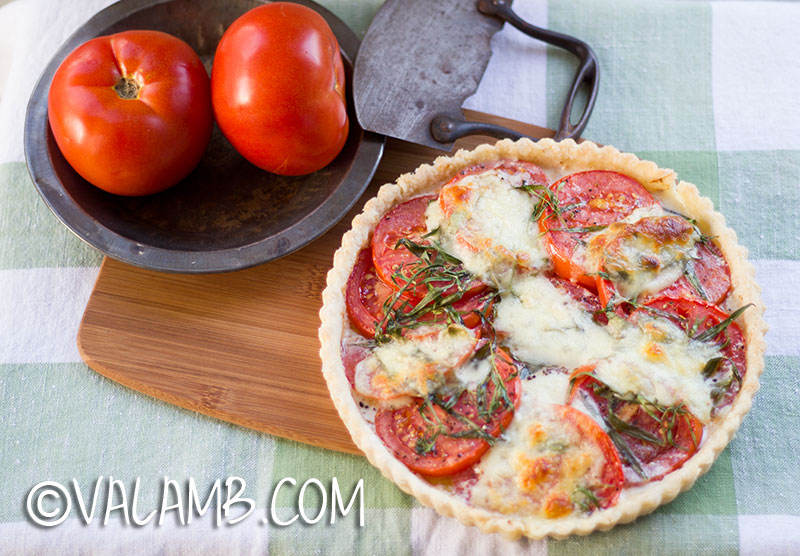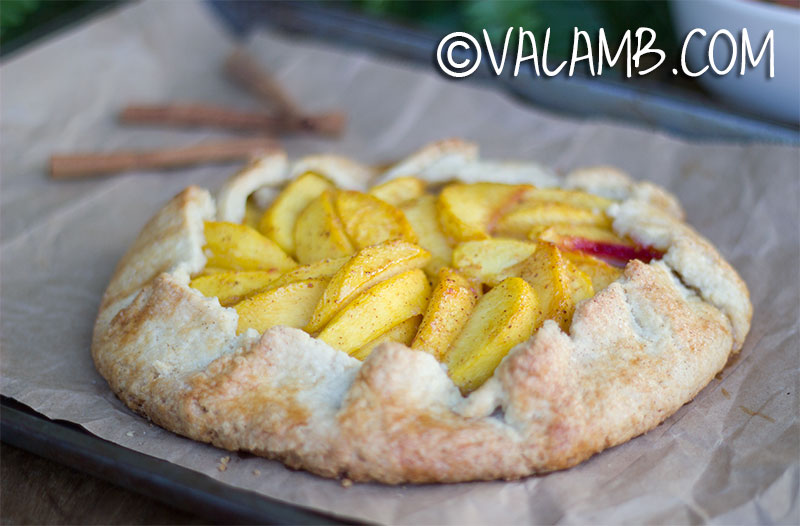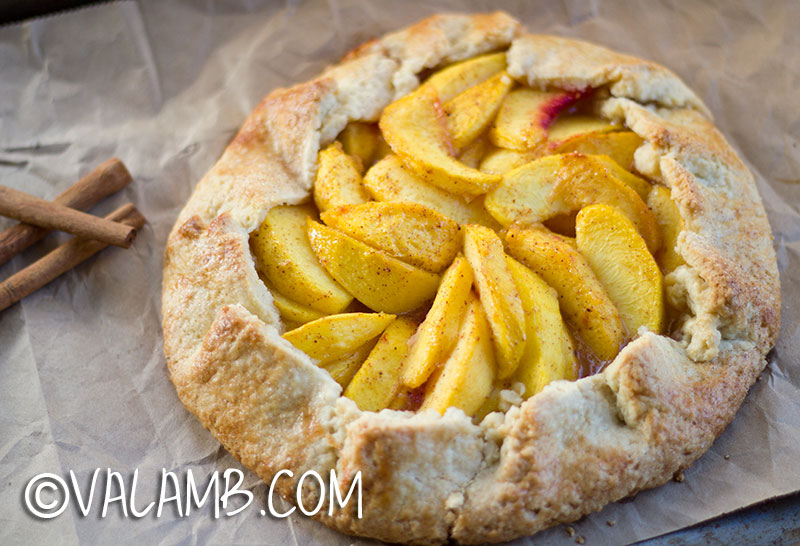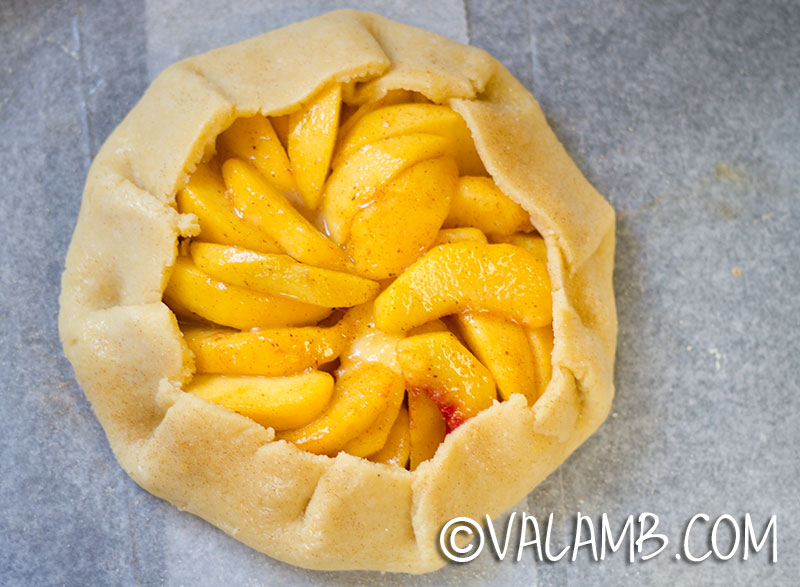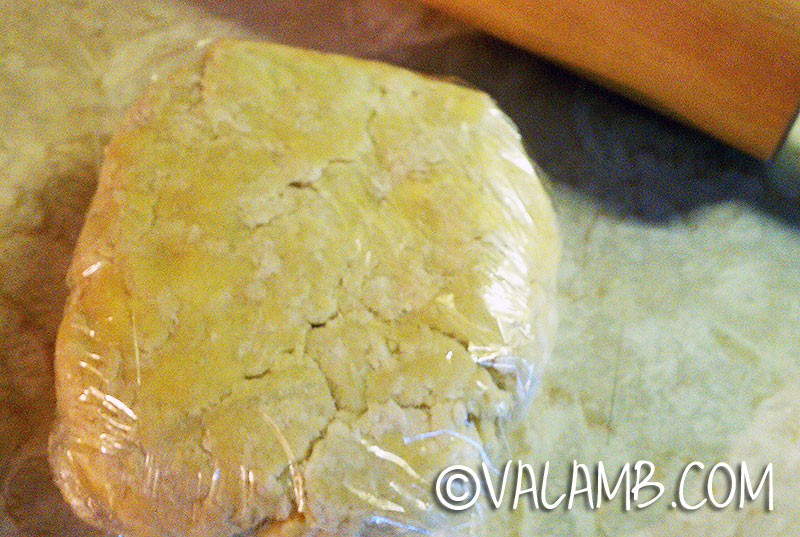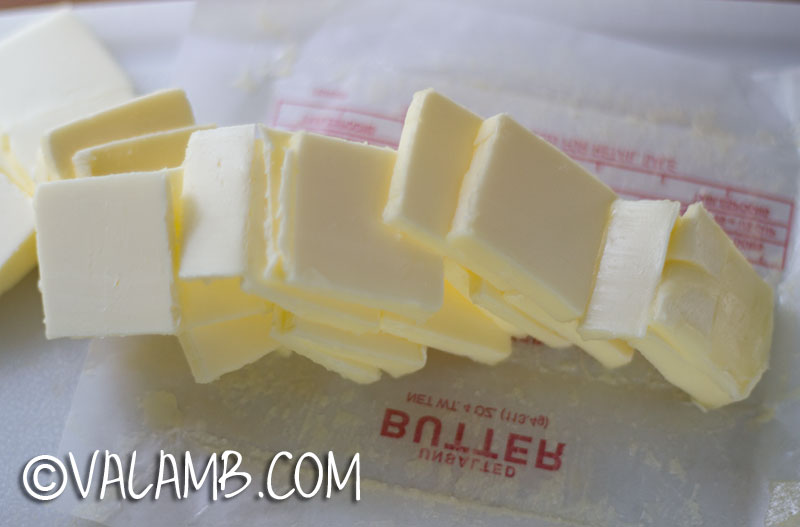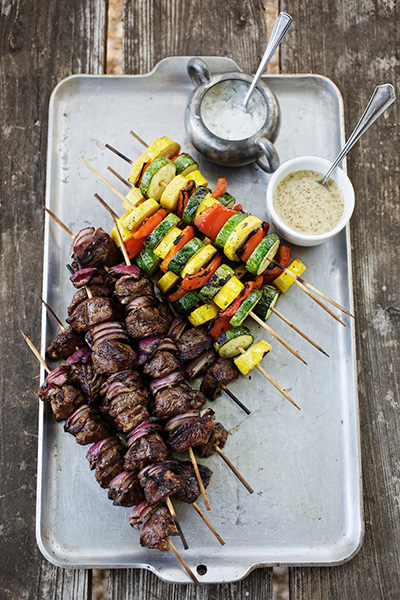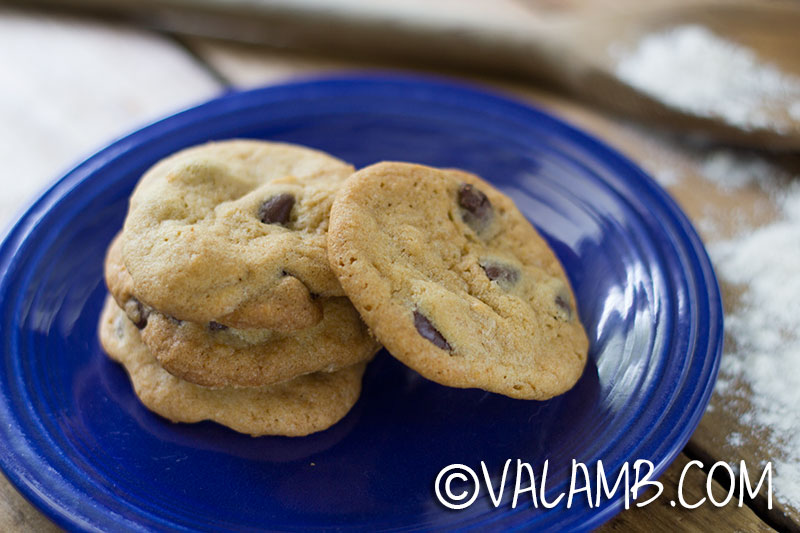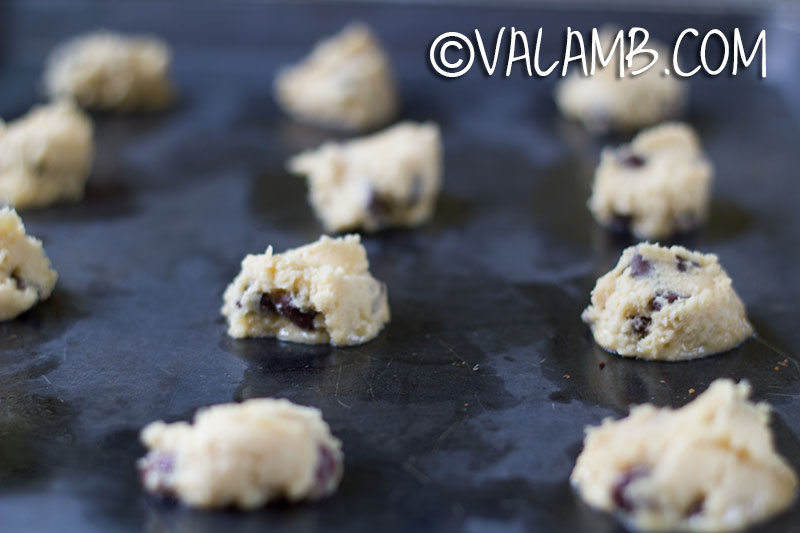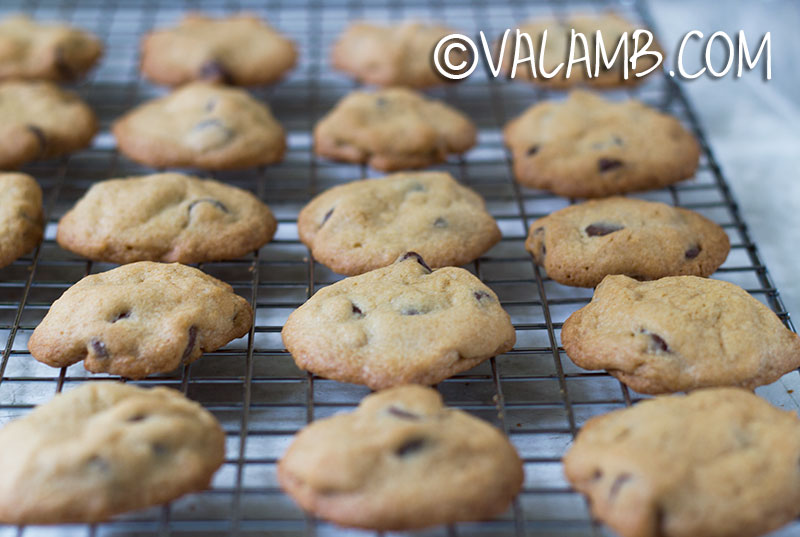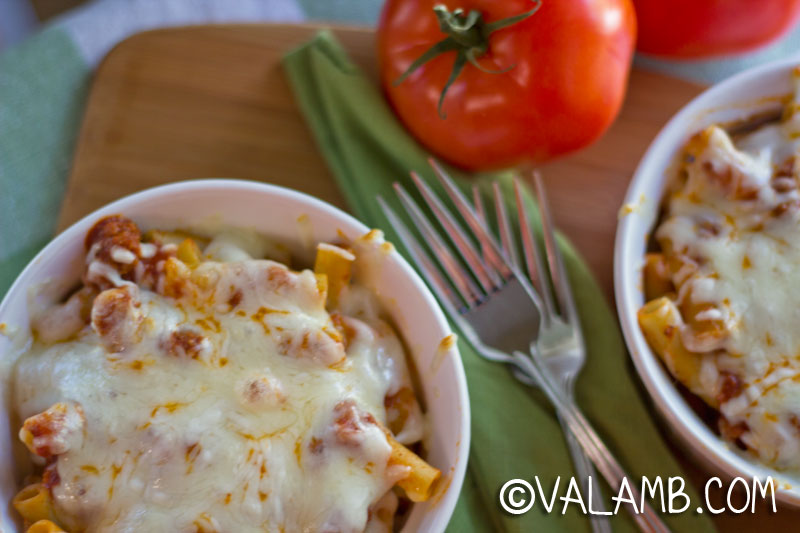Both of my boys love to cook and are quite good at it. My oldest son spent years as the head cook in a local restaurant. My youngest, well, he has become the true hunter-gather of the family.
This past winter Brady shot his first deer, a historical passage from boy- into manhood. Corey and I believe experiential learning is the best teacher, so Corey did his best to turn this opportunity into a learning experience.
All of my children have been in the cooler at the processing plant and have seen a whole steer, hog, and lamb hanging before it is cut and packaged. Corey often organizes carcass workshops for local 4-H kids so they can visualize how meat is graded as well as understand where the cuts of meat are located. The more they can connect pasture to plate the more respect they have for their job raising animals. However, a carcass before it has been cut into steaks still looks like a big hunk of meat. We wanted Brady to have a deeper connection now that he was interested in hunting.
 Brady shot his deer on the last day of hunting season. With Corey’s help, Brady gutted and prepared the deer for harvesting. An Old Hunter stopped by the farm and offered to assist the guys in cutting and packaging the deer. As the Old Hunter efficiently broke down the carcass, Corey and Brady diligently wrapped every steak and roast. To pass the time the Old Hunter, having hunted for decades, recounted his years of experience. Many of the stories shared that day were priceless antiquities of another era – echoing the age old need to put food on the table. Collectively, all of them gave Brady an even greater respect between hunter and prey. That day Brady and Corey stepped back in time, sharing a moment between father and son as old as mankind.
Brady shot his deer on the last day of hunting season. With Corey’s help, Brady gutted and prepared the deer for harvesting. An Old Hunter stopped by the farm and offered to assist the guys in cutting and packaging the deer. As the Old Hunter efficiently broke down the carcass, Corey and Brady diligently wrapped every steak and roast. To pass the time the Old Hunter, having hunted for decades, recounted his years of experience. Many of the stories shared that day were priceless antiquities of another era – echoing the age old need to put food on the table. Collectively, all of them gave Brady an even greater respect between hunter and prey. That day Brady and Corey stepped back in time, sharing a moment between father and son as old as mankind.
If Brady is not busy making deer jerky, you might talk him into fixing you a burger or even a steak. But one thing is for sure, when Brady’s cooking dinner, venison is always on the menu.
Below is one of Brady’s favorite meat rubs. He uses it most often on venison but it works equally well on beef.
- ¼ cup paprika
- 2 tablespoons salt
- 2 tablespoons onion powder
- 2 tablespoons black pepper
- 2 teaspoons of cayenne pepper
- Place all ingredients in an airtight container. Shake until mixed thoroughly. Store out of direct sunlight in a cool place.
- When ready to use, generously sprinkle spices onto meat. Spices should completely coat surface of meat.
- Let marinate in refrigerator for at least 30 minutes.
- Cook meat as desired. Recommend grilling, pan searing, or broiling.
